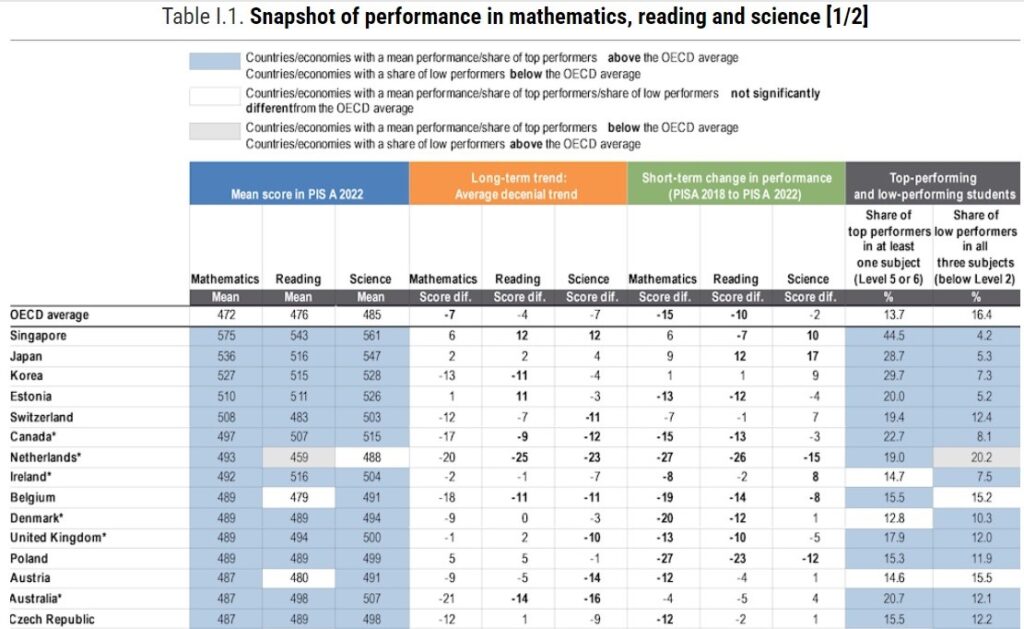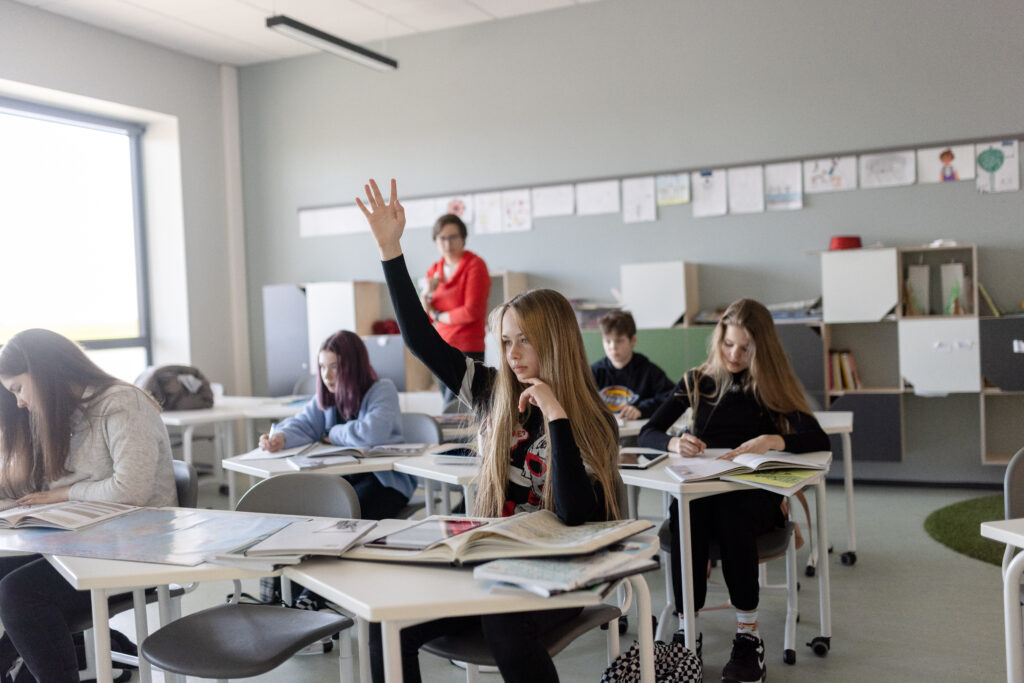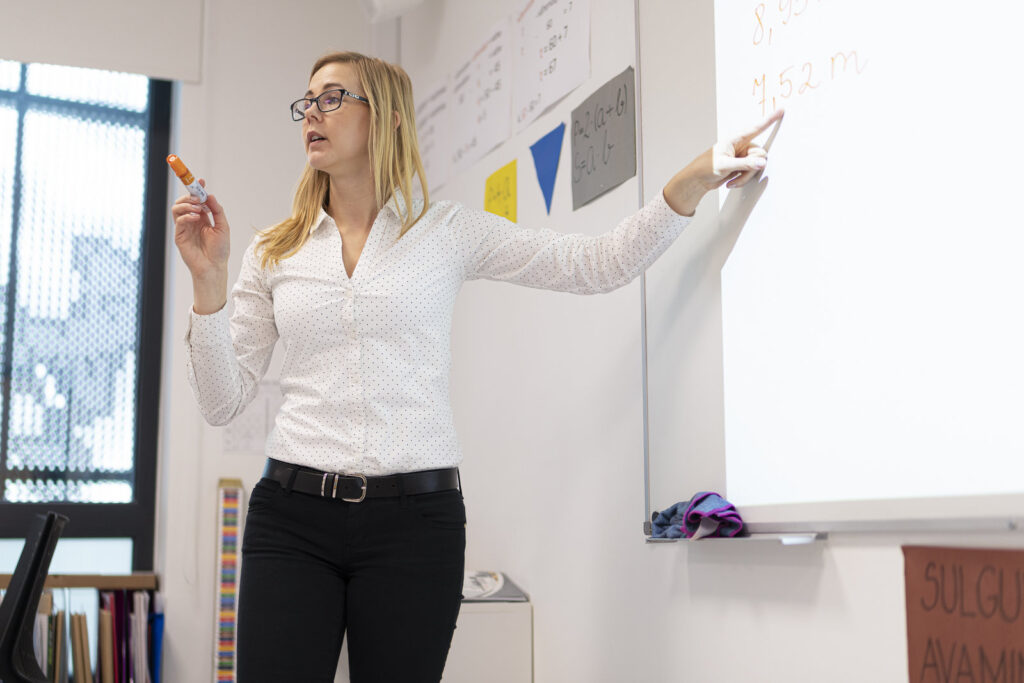According to the PISA 2022 education survey, Estonia’s 15-year-olds are the absolute leaders in knowledge and skills in Europe and among the top eight in the world, together with leading Asian nations.
In Europe, Estonia is tied with Switzerland for first and second place in mathematics, tied with Ireland for first and second place in science, and tied with Ireland for first and second place in reading. In math, Singapore and five other East Asian education systems – Macao (China), Taipei (Taiwan), Hong Kong (China), Japan and Korea – outperformed everyone else globally.

The Estonian education minister, Kristina Kallas, said Estonia’s results in comparison with other countries showed that a large proportion of the country’s children achieve basic skills in mathematics.
“This means that our teachers pay a lot of attention to all children equally in the classroom, and we achieve a world-leading result not only with the most able, but with above-average results for all children. The professional skills of Estonian teachers are the key to this,” the minister said, according to BNS.
Ranking first among countries in growth mindset
Children in Estonia believe their performance is in their own hands. Similar to the 2018 PISA survey, Estonia ranks first among countries in terms of growth mindset – the belief that a person’s ability and intelligence can develop as a result of effort.

Children in Estonia also feel safe at school. The students’ sense of safety is higher than the OECD average, mainly because of the safer route to school. Feelings of safety in the classroom and other parts of the school are similar to the OECD average.
Basic education in Estonia shapes independent learners – it is one of the countries where seven out of ten students feel ready for self-directed learning.
The survey also shows that school leaders and teachers in Estonia have a great deal of autonomy, with Estonia ranking first in terms of teachers’ freedom to shape the curriculum and to participate in school management decisions.
The shortage of qualified teachers a challenge
The challenges for education in Estonia that need to be actively addressed in the coming years are the shortage of qualified teachers, which has increased since the previous survey. Also, the impact of students’ socio-economic background on the quality of education has increased to 13.4 per cent, placing Estonia close to the OECD average of 15.5 per cent.

Estonian-medium schools performed better in the survey than Estonia’s Russian-medium schools. The results of students in primary schools in smaller cities have declined, but the performance of students in primary schools in rural Estonia is still strong, at 34 points above the OECD average.
On average, the Estonian 15-year-olds rated their life satisfaction at 6.91 on a 10-point scale, higher than the OECD average of 6.75. The average score was 6.91 in Sweden and 7.41 in Finland. Boys are more satisfied than girls; also, students from better socio-economic backgrounds are more satisfied.
Moderate use of digital devices associated with higher performance
The OECD survey also reveals the fast-changing impact of technology on children’s educational performance. PISA shows that moderate use of digital devices in school is associated with higher performance, but this depends on the technology being used to support rather than distract from learning.

The PISA (Programme for International Student Assessment) is a worldwide study by the Paris-based Organisation for Economic Co-operation and Development (OECD) in member and non-member nations intended to evaluate educational systems by measuring 15-year-old school students’ scholastic performance on mathematics, science and reading. It was first performed in 2000 and then repeated every three years. Its aim is to provide comparable data with a view to enabling countries to improve their education policies and outcomes.
The PISA 2022 results were released simultaneously around the world on 5 December. A total of 690,000 students from 81 countries and economic regions took the test in the spring of 2022. In Estonia, 6,392 students from 196 schools took the 2022 test, which consisted of tasks in mathematics, functional literacy, science and creative thinking, with the focus this time on mathematics.

